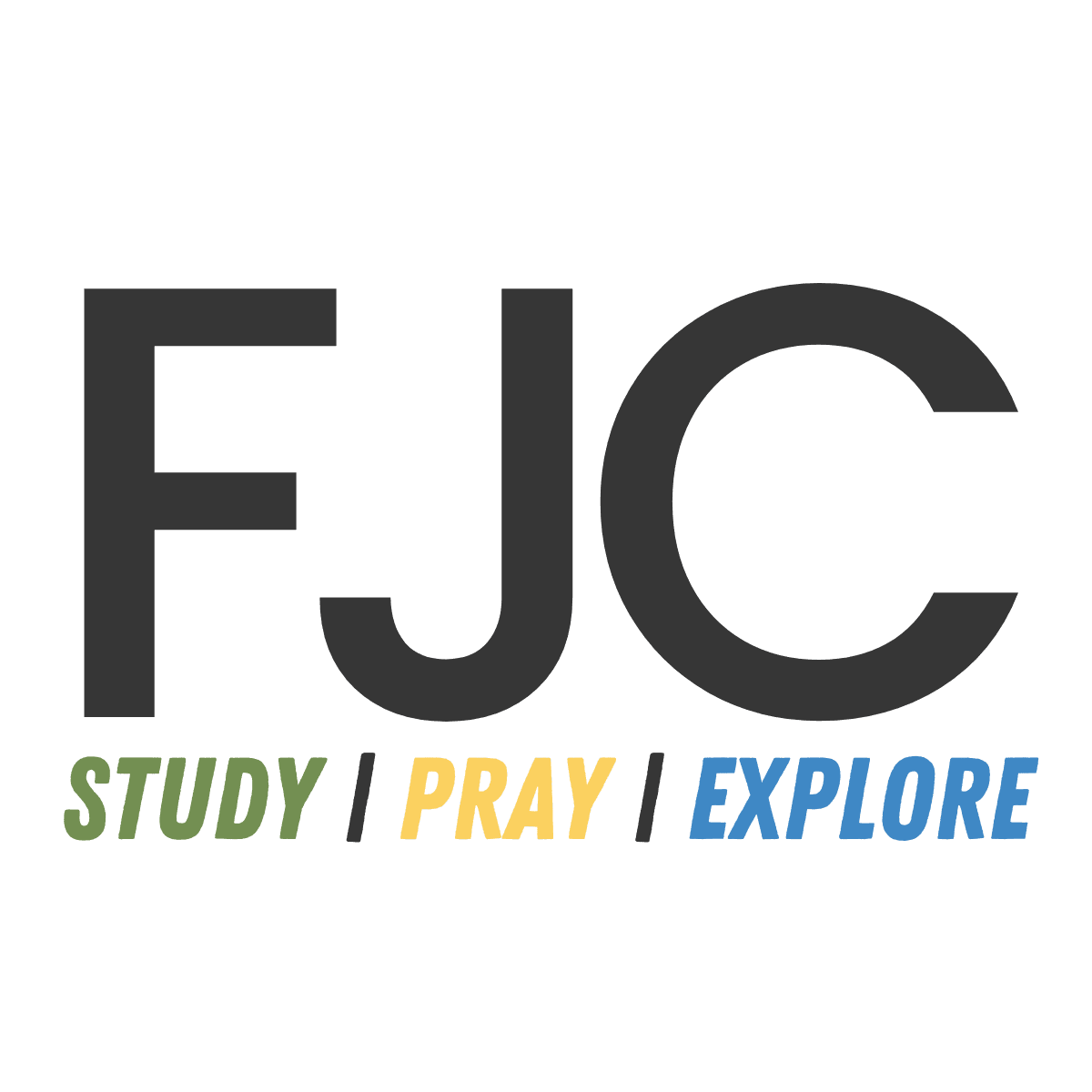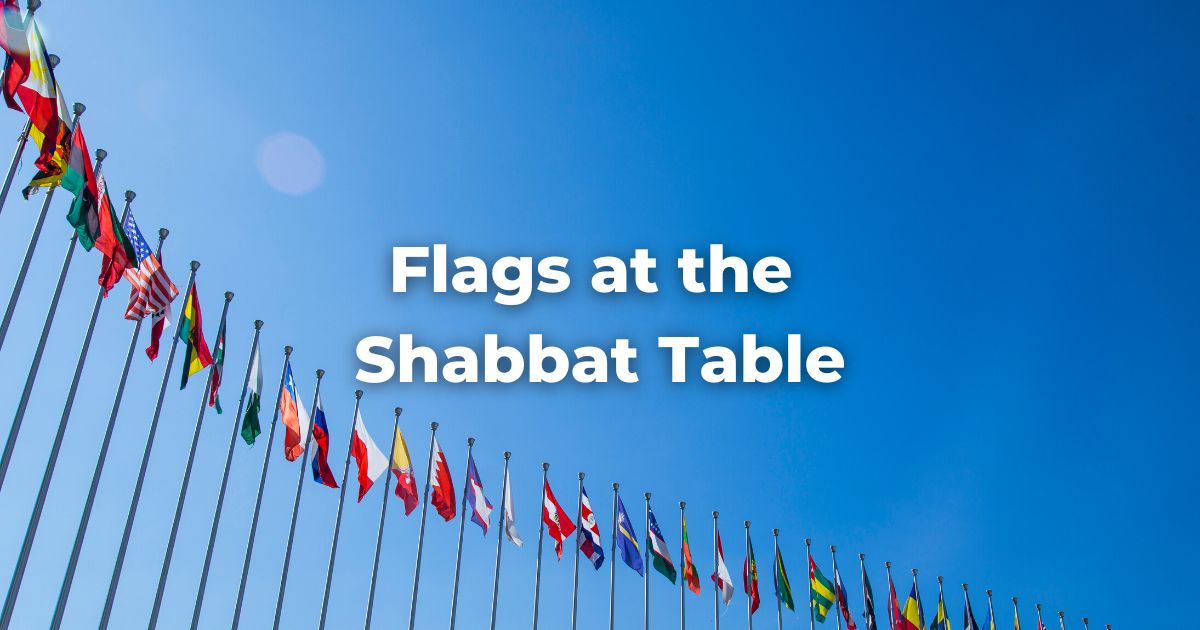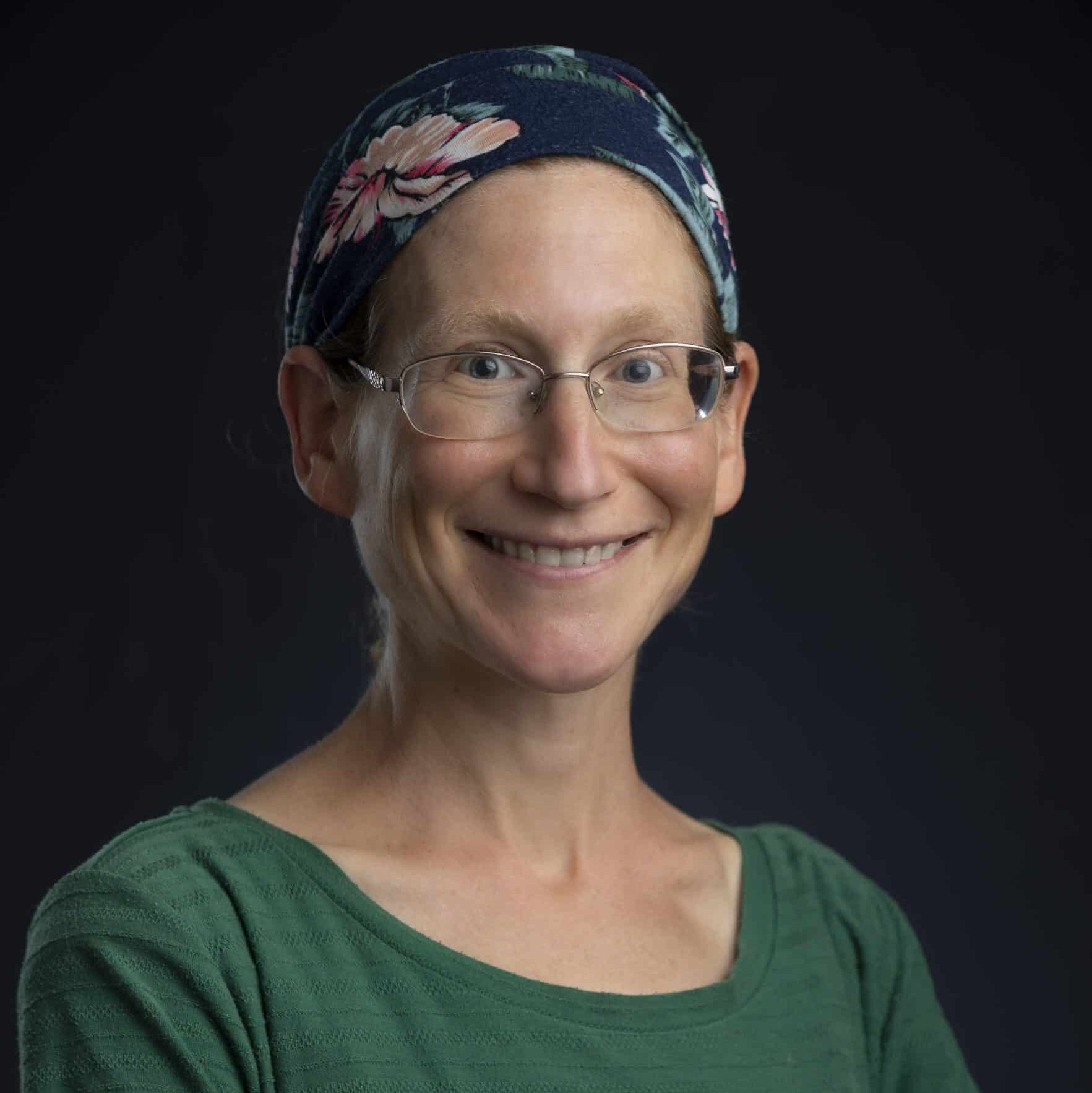Every Friday night my family sits at a long rectangular table set for Shabbat.
It is the only night of the week when we all sit down to eat together for an extended period of time, and the kids enjoy decorating the table with special cloth napkins, tiny silver Kiddush cups engraved with each child’s name, and an embroidered challah cover.
But until very recently, every Friday night, just as we imagined the angels entering our halcyon home to bless us, the kids would break out into a fierce argument over who got to sit where. Everyone wanted to sit next to Abba at the head of the table; no one wanted to sit next to the toddler, who threw his food; the twins didn’t want to sit side-by-side because they were already in an argument about something else….
Eventually, frustrated by the arguing, we instructed the kids to make place cards with their names, and to choose where they wanted to sit ahead of time, hours before Shabbat began.
To our surprise, the kids took this project very seriously.
Using cardboard from recycled cereal boxes, they made place cards which they folded over in half, so each one stood upright like a tent. On one side they wrote their names, in multiple colors and with elaborate scripts. On the other side, they drew miniature pictures that represented who they were and what they enjoyed doing – a violin, a girl turning a cartwheel, a dog on a leash, a unicorn.
Before Shabbat they discussed who would sit where and set their place cards on the table, also making place cards for their parents and for any guests who would be joining us. By the time the angels arrived, the table was decorated with a colorful array of illustrated cards that looked like banners or flags.
Flags for the tribes
In this week’s parashah we learn that the Israelites traveled through the wilderness arranged in a fixed formation, like a troop of soldiers or a marching band.
At the center of the camp was the Tabernacle (also known as Ohel Moed, the Tent of Meeting) with the holy ark, surrounded by the encampment of the Levites.
The other twelve tribes were arranged on all four sides of the Levite-encircled Tabernacle, with three on each side: Judah, Issachar, and Zevulun to the east, Reuven, Shimon, and Gad to the south, Ephraim Menashe, and Benjamin to the west, and Dan, Asher, and Naftali to the north.
Each tribe had to create a flag that typified that tribe, decorated in vibrant hues; according to Rashi on Numbers 2:2, the colors of each flag corresponded to the emblematic color of that tribe’s stone in the high priest’s breastplate. The members of each tribe would then see their flag and know to encamp beneath it, as per God’s words to Moshe and Aaron in our parashah: “The Israelites shall camp each with his flag, under the banners of their ancestral house; they shall camp around the Tent of Meeting” (Numbers 2:2).
The arrangement of the flags
The midrash teaches that Moshe, upon hearing God’s instructions regarding the arrangement of the Israelite encampment, worried that perhaps the tribes would argue with one another.
Moshe said to God, “There is going to be dissension among the tribes. If I tell the tribe of Judah to encamp in the east, they will say: It is impossible for us to encamp anywhere but in the south. And so each and every tribe would act like that one.”
Moshe was concerned that the children of Israel, like my children on Friday nights, would break out in a fierce argument over who went where. God assured him that this will not happen, because the flags would serve as an indication of where they are meant to camp. “They do not need you in this matter,” God told Moshe. “They will recognize their dwellings by themselves” (Tanchuma Bemidbar 1.12).
Jacob’s arrangement of the flags
Moreover, God assured Moshe, the tribes would not question the arrangement of their flags because it was, in fact, their father Jacob who instructed them regarding this arrangement. When Jacob was about to die, he told his children that they alone were responsible for carrying his body to the land of Canaan: “No Egyptian should be allowed to touch my bier” (Tanchuma Bemidbar 1.12).
The midrash explains that as Jacob blessed each son at the end of the book of Genesis, he also told him on which side of his bier he was supposed to stand. The arrangement of the sons around Jacob’s bier was identical to the arrangement of the tribes around the Tabernacle, which is why the brothers didn’t argue: “They already have their father’s arrangements in their hands,” the midrash explains.
In Hebrew, the same word—aron—is used for both “bier” and “ark.”
The tribes arranged themselves around one aron in the exact same way as they arranged themselves around the other. The ark thus became as dear and precious to them as their beloved, esteemed father.
By means of this analogy, the tribes realized that encamping according to formation in the wilderness was a weighty responsibility – as well as an act of love.
The midrash links the use of the term “flag” (degel) in our parashah—”each with his flag, under the banners of their ancestral house”—to the use of this same term in the Song of Songs 2:4: “He brought me into the banquet house, and his flag over me is love.” The rabbis teach that during the revelation at Sinai, twenty-two thousand chariots of angels descended, and they all arranged themselves according to flags.
When Israel saw this colorful array, they also yearned to have flags: “They said: O that we might be arranged with flags like them!” (Tanchuma Bemidbar 2:1).
God, seeing their tremendous love and longing for Him, instructed Moshe to tell the people, “Go make those flags, like the ones for which they have yearned.” And so the arrangement of the Israelites around the Tabernacle, like the arrangement of the sons around Jacob’s bier, was a display of their devotion.
In this midrash, it is the children of Israel who gaze and marvel at the angels, wishing to imitate their spectacular array.
In our home, I hope that as we sing Shalom Aleichem each Friday night, the angels will gaze and marvel at our table. I hope they will see colorful place cards at each seat, and children who no longer argue over who sits where. I hope that before they depart our calm home, they will bestow upon us their blessing.
See more: Parashat Bamidbar
Originally posted as part of the Conservative Yeshiva at the Fuchsberg Jerusalem Center’s Torah Sparks. Support Torah learning from the Fuchsberg Jerusalem Center/Conservative Yeshiva for leaders and seekers around the world here.
Authors
-

Ilana Kurshan teaches Talmud at the CY. She is the author of If All the Seas Were Ink (St. Martin’s Press, 2017) and Why is This Night Different From All Other Nights (Schocken, 2005). She has a degree in History of Science from Harvard and in English literature from Cambridge, and has worked in literary publishing both in New York and in Jerusalem – as a translator, a foreign rights agent, and as the Books Editor of Lilith Magazine. Since October 2020, Ilana has been a regular contributor to Torah Sparks, FJC’s weekly parashat hashavuah blog.
-



The Fuchsberg Jerusalem Center (FJC) is a home in the heart of Jerusalem where leaders and seekers can find an authentic place in Jewish tradition to call their own. FJC offers opportunities to study, pray and explore within an egalitarian and inclusive setting, creating multiple pathways for finding personal and communal meaning.




